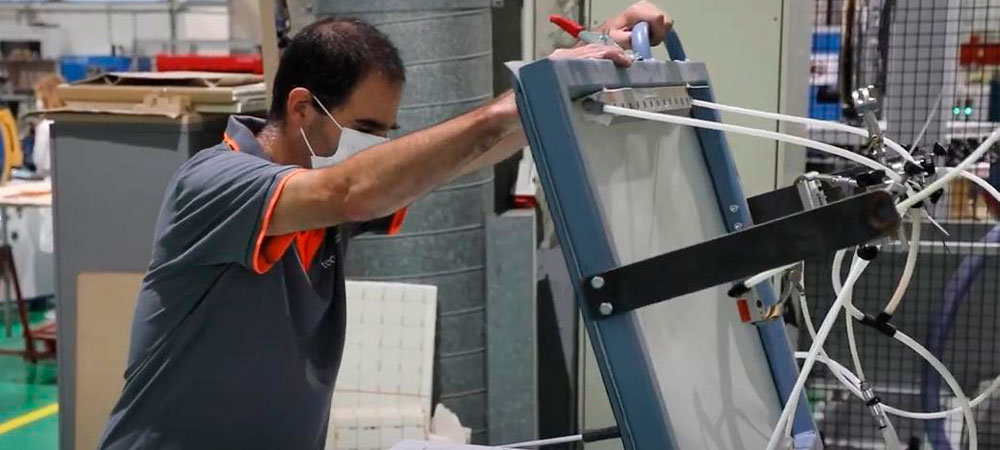Table of contents
In modern commercial aircraft models, the percentage of composite materials in the structure is about 50% of the total structure
To cut C02 emissions, the aeronautical industry needs to reduce the weight of the aircraft components and the energy consumption of the manufacturing processes used to build them. Carbon fiber composite materials are essential for this. In modern commercial aircraft models, the percentage of composite materials in the structure is about 50% of the total structure.
Current composite components of the aircraft primary structure are mainly based on prepreg materials which offer outstanding mechanical properties, but are relatively expensive. Aircraft prepreg materials also have long processing times and require very expensive autoclaves that consume massive amounts of energy.
For this reason, there is currently a trend towards the use of more energy efficient manufacturing processes based on dry carbon fabrics.
The raw materials are much cheaper and there is not need of using an autoclave
- The main disadvantage of dry fiber processes is that they need an intermediate process called ‘preforming’. In the preforming process, the precut fabric layers are stacked in a mold where they are consolidated with heat and pressure in order to obtain a ´preform’with the same geometry of the final part, but without the resin.
- The preforming process is usually carried out in large hot forming equipment, in which infrared lamps and a compaction membrane, conform the stack to the geometry of the mold.
- This process is very inefficient in terms of time and energy consumption. The infrared lamps over the compaction membrane heat the fabrics, but also the metallic tooling, so most of the applied energy must then be removed by means of a cooling system before releasing the preform from the mould.
Technology developed by TECNALIA, based on direct resistive heating
Preforming cycle times of about two hours are typical in aeronautic manufacturing. In contrast, the technology developed by TECNALIA, based on direct resistive heating, radically changes the strategy of the preforming process.
An electrical current is directly applied to the carbon fabrics, which heats them very fast without heat losses to the mold. Depending on the part geometry, cycle time reductions of 80% and energy savings greater than 90% can be achieved.

